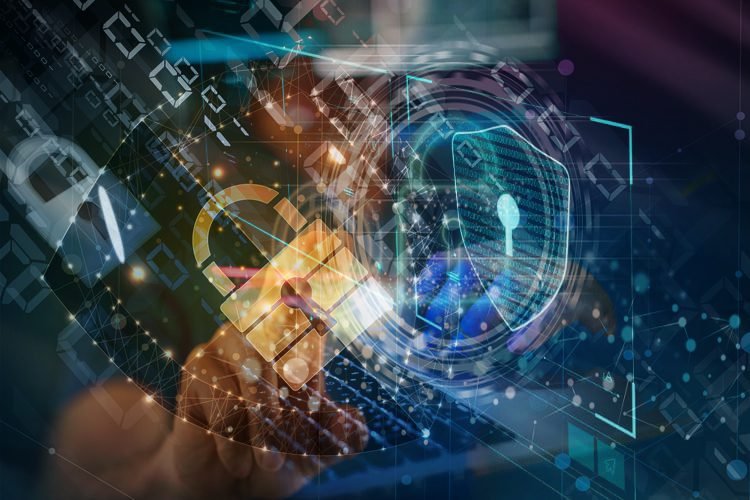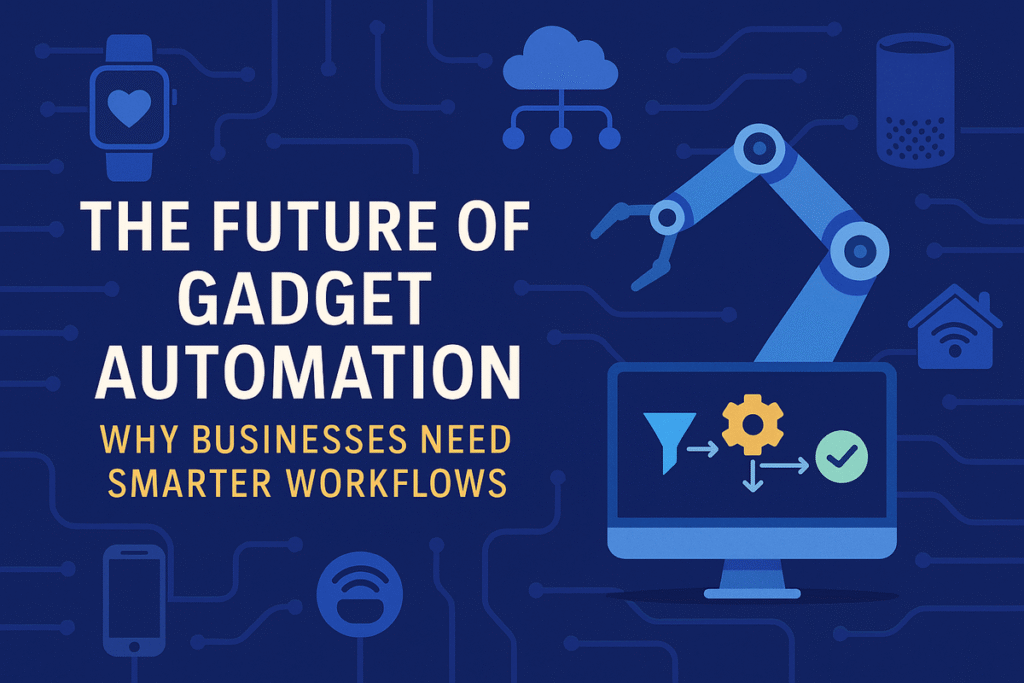
We love the way things have turned digital in front of our eyes. Be it shopping for our favorite apparel on e-commerce platforms, bringing home a brand new television, waiting for online sales to shop home-essentials, quickly shopping for online groceries and ordering food from beloved eateries. Everything has been hit by the wave of digitization and ease your life. We look for a product online no matter where we are, add it to out carts, pay online and then wait for it to get delivered at your doorstep. It’s that convenient. Shopping online has not just helped us buy some time for ourselves but also get all that we want without needing to step out of the comfort of our houses.
In a similar manner to shopping, everything else has undergone digital transformation too. Organizations are keeping more and more of their data online along and collaborating with their employees and serving their customers through digital platforms. Especially with Java technologies like the cloud in the picture, companies seldom own infrastructure these days. Everyone buys a chunk of the cloud space, which is unlimited and hosts their applications on them. Be it healthcare, transport, education to others, digitization has swept all walks of life.
As pleasing as it sounds to find everything today on the Internet just a click away, it is equally troublesome to find it prone to attacks. We aren’t talking about the Internet coming alive and attacking the information present online. Let’s leave that to sci-fi movies for now. We are talking about digitization’s most infamous cyber-attacks. You might not have gone without hearing them if you’re a serial Internet user.
Just like every good thing that has positive and negative sides, so has the dangerous place of digital platforms. What we can’t deny is the fact that the wave of digitization has created an abundance of data. Companies have customer data, payment gateways look at your payment data, even if that’s for a nick of time. It means crucial data is just lying out there on the Internet protected by company policies and other terms and conditions. But, that doesn’t stop an attacker from penetrating the existing level of security and get their hands on customer and business-sensitive information. Just like crimes are committed in the real world, the Internet is a no different place for cyber thieves. They are always on the lookout for breaches and security flaws and don’t miss a moment of vulnerability to attack the data.
For companies and customers, cyber-attacks are a great loss. These losses can be monetary as well as reputation. While customer and company’s sensitive information can be used to extort them for money, they can also be sold in markets where it is difficult to track what happened to them. Organizations lose their customer’s trust once an attack happens. Similarly, different industries face varied implications of the imperatives of cyber-attacks. The most distressing fact is that they are on an ever-increasing spree in today’s world.
Organizations all around the globe, in individual business sectors, are worried about the implications of cyber-attacks and finding new ways to battle them. This is because even a small moment of vulnerability, no matter with whose fault it is can cause them millions of dollars and one of them 1st prized possessions which are customer’s trust.
Different Industries Prone to Cyber Attacks
In today’s world, you can’t guarantee a single industry that they are not under the threats of cyber-attacks. However, thinking that it won’t happen is one of the biggest mistakes businesses make in terms of cybersecurity. Be it a small or a large enterprise, everyone is under a threat of cyber-attacks, and must not be neglecting their cybersecurity at any costs.
Statistics suggest that 43 percent of cyber-attacks target small businesses. Moreover, 60 percent of small businesses fold within six months of a cyber-attack. Small and medium business owners fall prey to these attacks because they lack sufficient security measures and trained professionals. They neglect the use of any third-party service to back their files and data. Whether they realize it or not, they hold data such as credit card numbers, customer’s details, etc. that are crucial to a hacker. And it doesn’t matter whether you’re in the business or healthcare sector. Nobody is safe.
Business: It represents a majority of threats being such a broad category. Be it e-commerce or an Omni channel retail experience; companies have customer sensitive information that hackers are interested in. According to recent research, the costs related to cybersecurity damages by the year 2020 may reach a whopping $5 trillion. Having said this, businesses need to ensure that their infrastructure is up to date, and they are ready to ward off any unwanted attacks.
Healthcare: Healthcare is already an information-intensive industry. Organizations have plenty of customer sensitive data such as electronic health records, drug records, along with research related information being carried out in medical science. Moreover, stolen health records also find a lot of potential buyers in the black markets. Statistics suggest that over 75 percent of the healthcare industry has been affected by malware over the last year.
Banking/ Finance: Cyber-attacks are also one of the most common in the finance and banking sector because of the obvious reasons. According to a recent report, the finance services top cyber-attack targets. These attacks also increased by nearly 12 fold from 2017 to 2018 as per the UK financial services.
Government: Government departments such as the military, might seem like an unlikely department for the cyber-attacks. However, the sector is targeted by spies and foreign powers who want to impact a country negatively. Statistics by the National Cyber Security Center suggests that it defended the UK from 658 web assaults in 2019 until August alone. Similarly, around 177,335 phishing URLs that were found malicious were removed.
Education: Cyber-attack criminals also target education institutions for a variety of reasons. They want confidential student and employee information along with their hands-on intellectual property such as ongoing research. For example, a report indicates that the University of Calgary lost $20k in a ransomware attack.
Conclusion: Adopt Effective Strategies to Prevent Cyber Attacks
As astonishing as it may sound, a typical data breach many go unnoticed by an organization for up to 6 months in a row. And this list does not just include small enterprises but some of the big firms as well. It is, therefore, upon the organizations to adopt preventive measures to ensure cyber-attacks don’t happen. They must ensure that their employees are aware of the threats and security protocols since 95 percent of cybersecurity breaches are due to human error. Knowledge, awareness of business processes and third-party cybersecurity intervention can help in reducing these attacks.






Leave a Reply